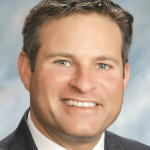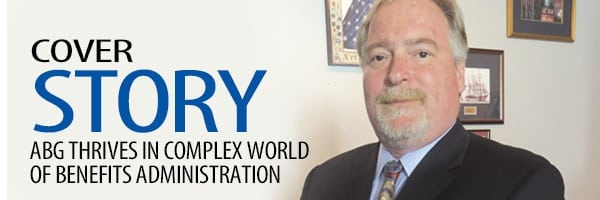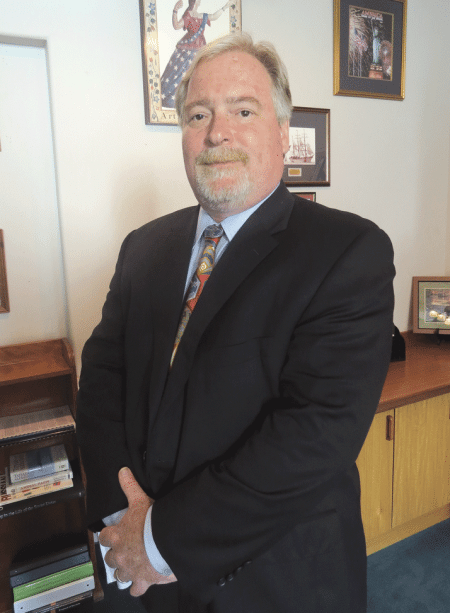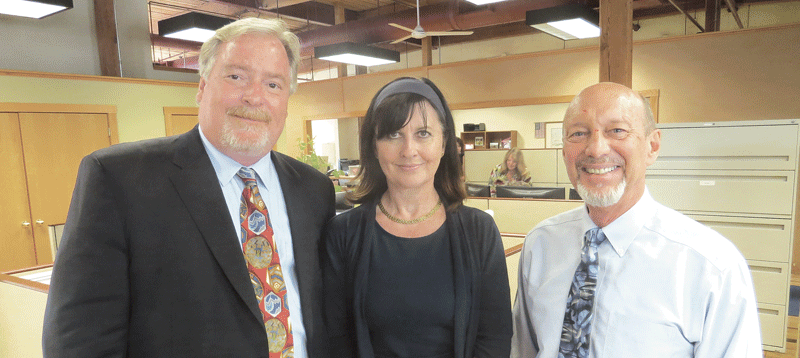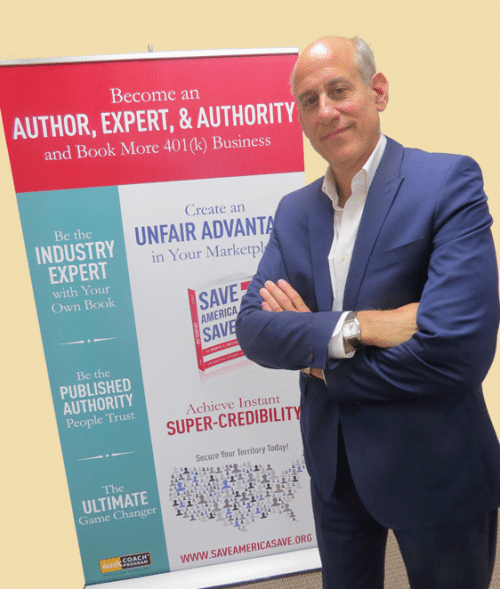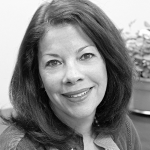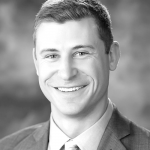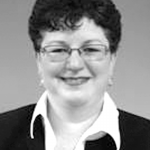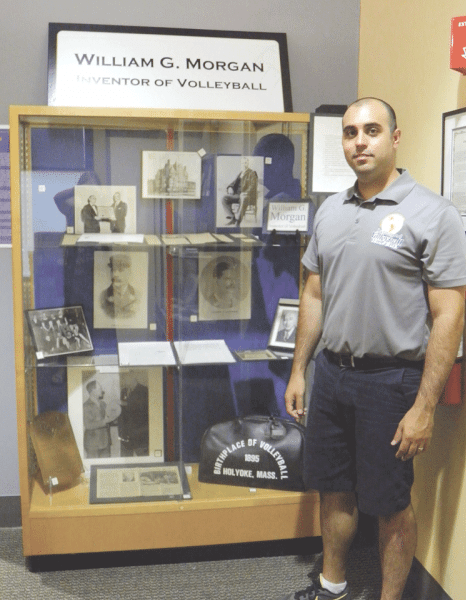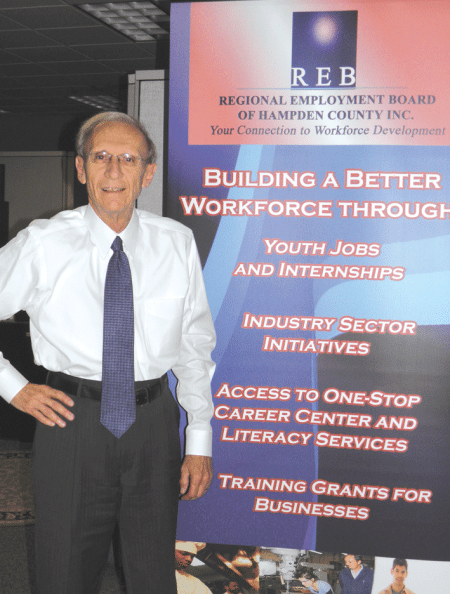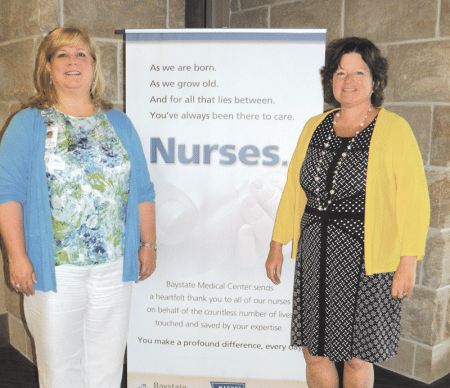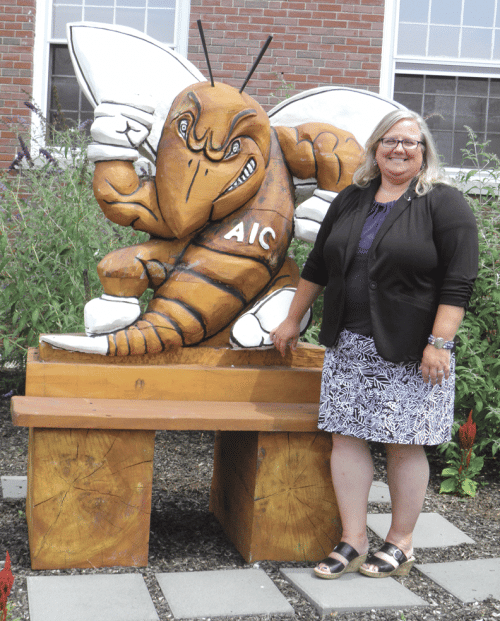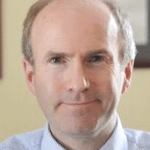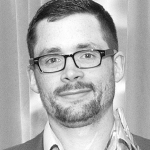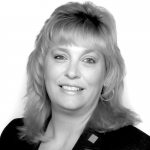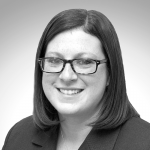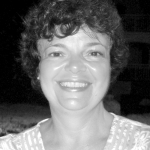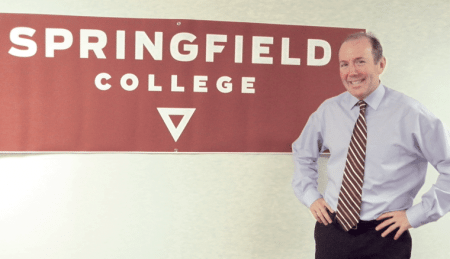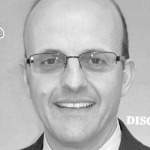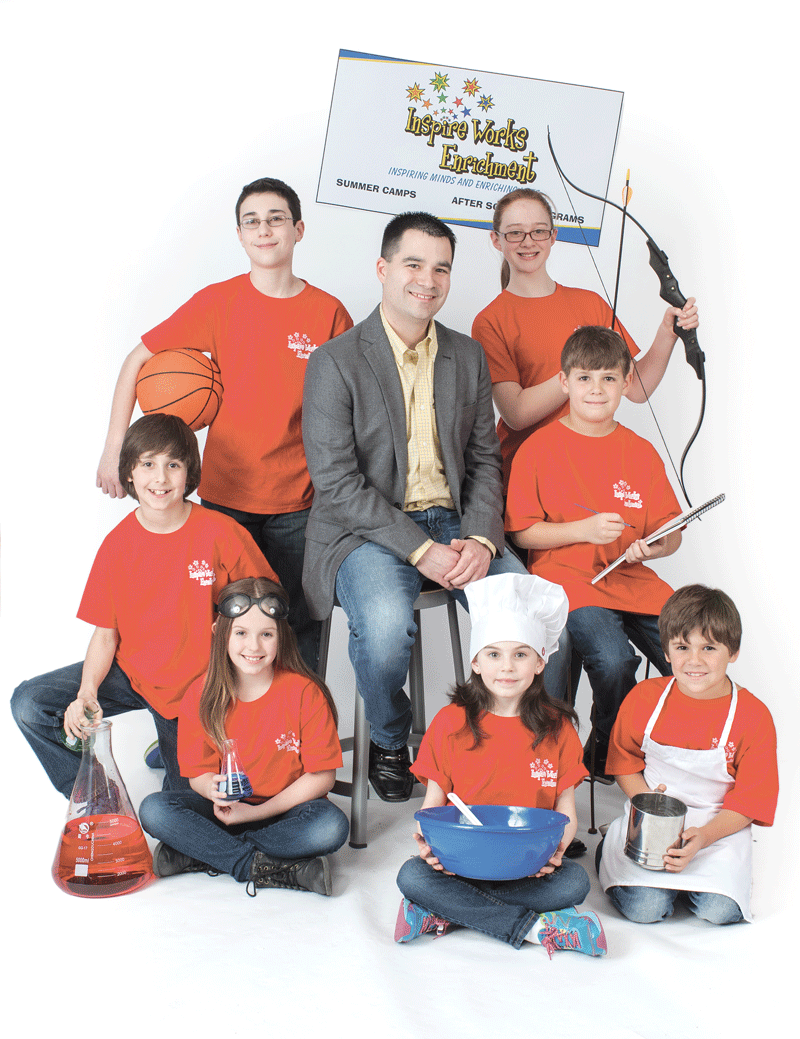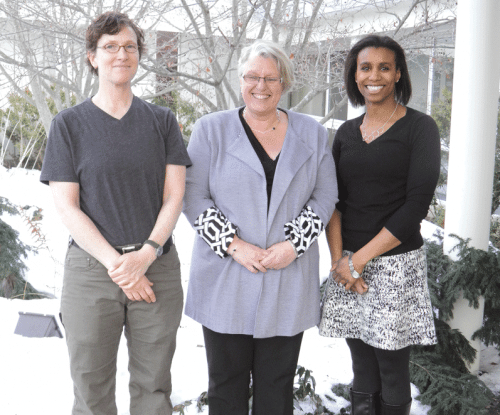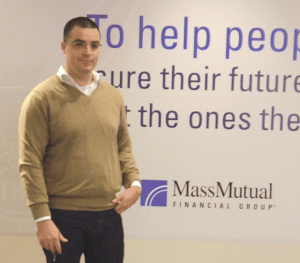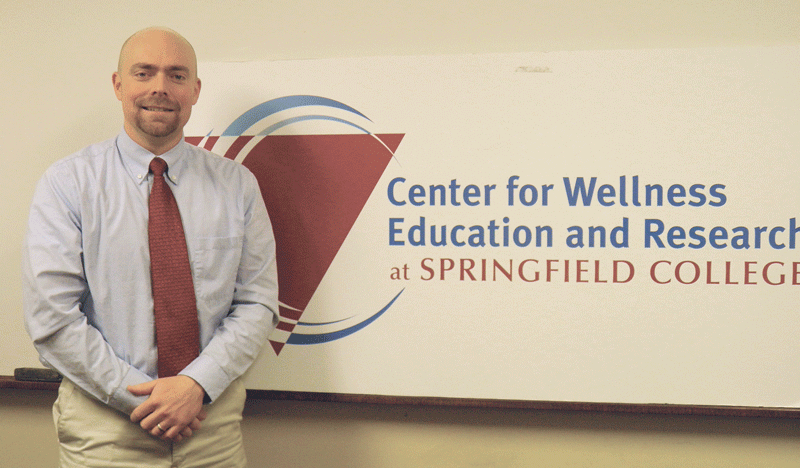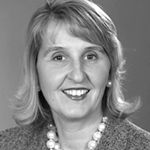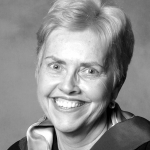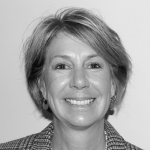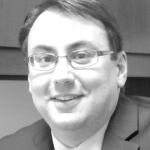BBBS Thrives Through the Power of Partnerships
Big Brothers Big Sisters of Hampden County, like the agency’s 370-odd other affiliates, specializes in creating matches that ultimately provide learning experiences for mentors and mentees alike. To do that, the organization relies on partnerships with a host of constituencies, but especially the business community.

Sergio Dias, seen here with Angel, says the ‘littles’ he’s mentored through BBBS have inspired him and motivated him to think differently about the problems he’s confronted.
Sergio Dias was asked about what he does with and for the young people he mentors through his participation with Big Brothers Big Sisters of Hampden County (BBBSHC).
He said much depends on the individual in question — he’s served as a ‘big’ to many of them over the years — and the issues they’re dealing with at the time. But many times, he noted, he’s advising the young men on college, everything from why it’s important to the nuances of an application form.
“Some of them just need support based on the issues they’re facing at home, while for others, it’s more about getting them ready for college, including all the paperwork that’s related to getting accepted to a school,” said Dias, an analyst in the Marketing Department at MassMutual. “For others, it’s helping them figure out what they want to do, what their skills are; I’m helping them find themselves.”
He started to elaborate, but quickly changed the tenor of the conversation, focusing on what his interaction with these ‘littles,’ as they’re called, has meant to him. And he stressed that this is an equally important part of the equation.
“Initially, I thought I was giving back — sharing my knowledge and experiences,” said Dias, who is currently mentoring Angel, who will start his freshman year at Springfield College in a few weeks. “But I was really surprised by how much I was learning from them, even though I have three kids of my own. Many times, I’ve been inspired by what these kids have going on in their lives and their outlook and perspective on things. I think I have issues and problems, and I see the issues they’re dealing with and how they’re confronting them, and it really motivates me to think differently.”
Heather Bushey, assistant director of Continuing Education at Bay Path University, can certainly relate.
She’s been a ‘big’ to Springfield resident Destiny for eight years now, and has watched her grow from a young girl in the second grade to a young woman soon to enter her junior year of high school.
Destiny has grown in a number of ways, obviously, but so, too, has Bushey.
“I’ve learned a lot about myself, that’s for sure — about my limits and abilities and what drives me as far as motivating factors and seeing her grow and benefit from the program,” Bushey told BusinessWest. “It’s a very rewarding experience, and it has certainly helped me grow as a person.”

Heather Bushey, right, has been a mentor for Destiny for eight years now.
In many ways, these stories are typical of those who become involved with Big Brothers Big Sisters of America, or BBBS, the working acronym for the nearly 100-year-old organization. And more of them are being written each year for the Hampden County affiliate, which could also be described with that adjective typical.
Indeed, it is like other BBBS chapters in that it:
• Serves an area that includes urban centers populated by large numbers of young people who are living in single-parent households or with grandparents or other relatives, and are very much in need of a positive role model and mentor;
• Struggles mightily to meet the demand for individuals — professionals and retirees alike — who are willing and able to serve in those roles. David Beturne, executive director of BBBSHC, said the chapter now serves roughly 225 young people at any given time, but could, if it had the needed resources and demand, serve twice that number; and
• Is very much dependent on partnerships with the community, especially the business community, to carry out its vital work. Indeed, BBBSHC has forged relationships with corporations and institutions ranging from MassMutual to Bay Path; from St. Germain Investment Management to Veritas Preparatory Charter School in Springfield, to effectively serve area young people.
The obvious goal moving forward, said Beturne, is to close that large gap between the number of young people who need mentoring and those who currently can be served. And to do that, the organization must generate more resources — each match between a ‘big’ and ‘little’ costs about $1,000 — and therefore create more of those critical partnerships.
For this issue, BusinessWest takes an in-depth look at the Hampden County chapter of BBBS to gain an appreciation not only for this organization’s broad mission, but how the business community plays a huge role in carrying it out.
Striking a Match
On the day that BusinessWest caught up with Bushey and Destiny for a few photos, they were on their way to dinner, although the specific destination was still to be determined.
They dine out together regularly, said Bushey, adding that they also frequent area malls — “Destiny loves to shop” — venture out for frozen yogurt, and take in various cultural events. They’ve been to downtown Boston, the beach, and a host of other destinations.
That list includes the Bay Path campus in Longmeadow. Bushey said she’s taken Destiny there several times with the goal of familiarizing her with that lifestyle and cementing a college education as a goal worth committing to.
“Right now, school is a tough experience for her,” said Bushey. “I try to get her to focus on setting goals for herself; we talk a lot about future goals and plans, with the hope that college will be part of that. I want to expose her to it now so she can start thinking about it.”
Relationships like the one between Bushey and Destiny are somewhat rare, at least in terms of this one’s duration, but, as stated earlier, typical in the way in which both the mentor and mentee learn from one another and grow personally.
Writing such scripts is the singular purpose behind BBBS, said Beturne, adding that it’s a reality, and a sad one at that, that there will always be a need for this organization, and that there are more young people who need help than there are individuals receiving it.
Addressing this reality is the core mission of the 370-odd BBBS affiliates, said Beturne, noting that the Hampden County chapter was launched nearly 50 years ago (1967) and has evolved greatly over the ensuing decades.
BBBSHC is one of several affiliates in Western Mass., but easily the most urban of those organizations, he explained, adding that Hampden County includes the area’s three largest cities — Springfield, Chicopee, and Holyoke — and some of the state’s poorest communities.
But the need for the agency’s services extends to each city and town in the county, Beturne went on, adding that this need is met through several initiatives, but primarily both community-based matching programs and site-based initiatives, which, as the name suggests, involves mentors visiting mentees at a specific site, such as a school, YMCA, or college campus.
In Hampden County, the specific programs are:
• The community-based model, used nationwide, whereby matches (such as Bushey and Destiny) spend at least eight hours a month together for at least a year and participate in all types of activities in the community;
• ‘Lunch Buddies’: During the school year, matches meet for lunch weekly at the child’s school for about 30 minutes;
• ‘Mentor Springfield’: During the school year, matches meet weekly for one hour at three Springfield middle schools. Activities ranges from writing in journals to working on homework; and
• The ‘Pathways Program’: Also during the school year, eligible students from Springfield’s Putnam and Sci Tech high schools meet with mentors from MassMutual (such as Dias) once a week for 50 minutes (more on this initiative later).

David Beturne, left, seen here with BBBSHC Director of Development Jesse Vanek, says the need for ‘bigs’ far exceeds the supply.
“We’re taking students from Sci Tech and Putnam and going to MassMutual’s main campus,” said Bertune, referring to that last program, obviously unique to this affiliate. “They’re seeing their big brother or big sister there. It’s a career-pathways program with a curriculum to it; we’re looking to immerse these students into the culture of MassMutual, where they learn what the company is and what it does, and how they might be able to make a career out of insurance.”
Results obviously vary with each individual, but a recent study conducted by the national research firm Public/Private Ventures in Philadelphia revealed that participants in BBBS programs are 46% less likely to begin use of illegal drugs, 27% less likely to begin using alcohol, 52% less likely to skip school, 37% less likely to skip a class, 37% less likely to hit someone, and, overall, more confident of their performance in school and better able to get along with their families.
Unfortunately, demand for mentors far exceeds supply, said Beturne, adding that, while BBBSHC serves about 400 young people a year, there are maybe 225 to 250 matches at a given time; some matches close out because the child reaches a certain age or moves out of the area.
“Demand is huge — I would like to serve at least 500 children in Hampden County, doubling our capacity,” he said. “If we could do that, I would be happy with that — I wouldn’t be satisfied totally, but I’d be happy.”
Escalating demand — there is currently a waiting list for mentors with upwards of 80 names on it (and that’s typical) — and a desire to meet it were the primary motivations behind creation of the site-based initiatives, said Beturne, adding that they allow more young people to receive mentoring services and more busy professionals to get involved in some capacity.
“As we were out doing recruitment, trying to get people to volunteer for the [community-based] program, the one thing we always heard was, ‘I’d love to, but I’m busy — I work, I have a family, I’m doing this or that,’” he explained. “So we started doing the school-based program, where a volunteer can see a child in school during the day. People are able to go out on their lunch break and spend 40 to 45 minutes with a child, maybe more.”
The Power of Relationships
Returning to his comments about how his participation with BBBS has helped him grow as an individual, Dias said he’s worked with six young people over the years, and each one has taught him something about life and how to deal with all that it can throw at you.
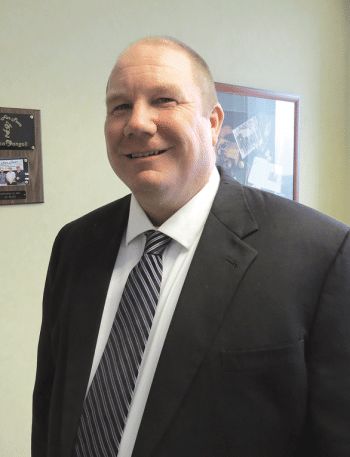
Dan Morrill says Wolf & Co. has supported BBBS in many ways, including the large team that took part in the annual bowl-a-thon.
He singled out ‘John,’ a 17-year-old he mentored a few years ago, who displayed an attitude, maturity, and sense of determination that belied his years.
“It felt like I was having a conversation with a 40-year-old,” Dias recalled, noting that the Springfield resident told him at their first meeting that he was determined to overcome a host of problems at home and not only graduate from Sci Tech High School and go to college, but graduate as a junior — and be valedictorian.
“At first I was like, ‘OK, yeah, sounds great … I’ll support you in any way I can,’” Dias said. “By the second month, I remember thinking, ‘he’s going to do it.’ He faced all kinds of challenges — the school didn’t want to let him do it at first, there were a lot of issues at home — but he did it. He got all kinds of scholarships I helped him with, and now he’s thriving at UMass. He was such an inspiration to me.”
Certainly not all stories involving BBBS participants involve such happy or unlikely endings — or beginnings, depending on one’s outlook. But everyone who takes part in this program benefits in some way, said Beturne, adding that the simple goal, again, is to enable more people — big and little — to take part.
And this brings him back to partnerships, all of which in some way enable BBBSHC to meet its mission and broaden its impact.
One such partnership has been forged with Bay Path, and it’s taken on many forms in recent years — from escalating participation in the annual BBBS bowl-a-thon, its largest annual fund-raiser, to the agency being named the school’s designated charity for the 2014 holiday party — but especially with Bay Path students going into Veritas Charter School as ‘bigs,’ creating 20 more of those all-important matches.
“Veritas is very much a college-preparatory school — their mission is to get students to move on, to graduate from high school and attend college,” said Beturne. “Being able to have Bay Path students go into the school and share their experiences — many of the school’s students are first-generation college attendees — is a win for Big Brothers Big Sisters, Veritas, and Bay Path. Their students are able to gain exposure and give back, and students at Veritas are able to see this real world, too.”
Rachel Romano, founder and executive director of Veritas, agreed, noting that students at the school participate with BBBS through the Bay Path initiative and others.
She said only 17 of the school’s roughly 240 students take part (again, demand is greater than supply), but those who do participate benefit from the relationship and the reinforced message concerning the importance of a college education and how it can become a reality.
“Our mission is to prepare our students for college,” she explained. “And what we love is the idea that these ‘bigs’ would stay with these guys and be a support person in their lives who would help them stay on the path to college once they leave Veritas.”
Carol Leary, long-time president of Bay Path, said the school is active with a number of area nonprofits, like BBBS, that reflect the its core values, enable its students to become active in the community, and support young people and education.
Several employers, including Bushey, have served as ‘bigs,’ while students have been doing site-based work at schools such as Veritas for three years, said Leary, adding that BBBSHC was this year’s designated nonprofit at Bay Path, and thus the focus of a well-orchestrated campaign of support.
“We go out to the community and ask if there is a nonprofit that they would like us to highlight and spotlight for Bay Path’s generosity at the holiday party,” she explained. “This year, Big Brothers Big Sisters had the most support of any nonprofit, so we chose them. They gave us a list of things of they need — everything from games for the children to books to gift cards so that the big brothers and big sisters can take a child to Friendly’s — and we send that list to the people at Bay Path, who make donations.”
Case in Point
Another key relationship has been forged with MassMutual, which had a desire to add a case-management component to an existing but evolving mentorship program, and found a willing partner in BBBSHC.
“We wanted to look at mentoring somewhat differently, and look at how we could use mentoring as a method to help focus students on college- and career-readiness issues,” said Pam Mathison, a community-responsibility consultant for the company who specifically focuses on education programs within the city of Springfield, as she talked about the corporation’s larger Career Pathways initiative.
“Initially, we started working with Mass Mentoring Partnership, and they helped build the model along with Springfield School Volunteers and the Springfield School Department,” she went on. “As we got into the experience, we determined that we needed a mentoring partner whose job is the management of a mentoring program, and for that, we approached Big Brothers Big Sisters.”
The motivation for the partnership was to improve the overall experience for both the students and the mentors, she went on, adding that this has certainly happened since the relationship began more than three years ago.
Roughly 40 employees across virtually all departments and all levels within the corporation have made a three-year commitment to serve as ‘bigs,’ said Mathison, adding that students, like Angel, are recruited during their freshman year and essentially begin work with their mentor during their sophomore year.
As with Bay Path’s initiative, there are multiple winners in this scenario, including the company, which is always mindful of creating a pipeline of future employees, the students themselves, and BBBSHC, said Beturne.
He noted that the organization benefits from partnerships with companies large and small, whose employees make donations ranging from stints as ‘bigs’ to service on the board of directors, to raising money through the annual bowl-a-thon.
St. Germain is one of those companies, and its president, Michael Matty, said the support stems from need, but also from the results generated by the agency.
“I have a high level of involvement with a lot of organizations, but rarely do I see people more passionate than those at BBBS,” Matty said. “I love passion; their passion is one of the reasons we are involved. But as a businessperson, I also recognize that passion is perhaps pointless if there are no results.
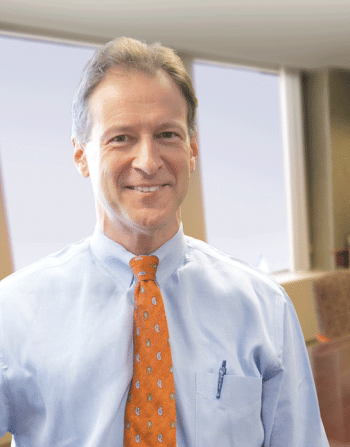
Mike Matty says BBBS might fly under the radar, but its impact on the lives of underprivileged youth will reap long-term benefits across the region.
“BBBS is an organization that produces results,” he went on. “They perhaps don’t get the recognition that I feel they deserve because their results are impacting youth, and underprivileged youth at that. Their mission is to help the kids who will be an integral part of our local community, where we all work and run businesses. We can’t lament the local situation without working at doing something to change it, which is what they do every day.”
Another prominent local partner is Wolf & Co., the Boston-based accounting firm with a large Springfield presence.
Dan Morrill, CPA, a principal responsible for the company’s Professional Practice Group — and a one-time ‘big’ — said the company’s support comes in many forms, from his service on the board of directors to a large, company-wide turnout for the bowl-a-thon.
“The first year we had a bowling team, I think we had three people — this year, we had about 70,” he explained. “That speaks to how the company values the important work Big Brothers Big Sisters does within the community. Giving back is a big part of the culture at Wolf, and this organization has always been one of those we choose to support because it is really making a difference within the community.”
Work in Progress
Bushey told BusinessWest that young people “age out” of BBBS when they reach 19. By that, she meant that the formal relationship between the ‘big’ and ‘little’ ends.
Often, however, a new one begins, she said, adding that the young people sometimes remain active with the organization in several ways as alums, while staying in touch with their mentor.
“I definitely anticipate remaining involved with Destiny,” she said, adding that she doesn’t know what the future holds for her, but intends to keep providing whatever support she can.
In a nutshell, that’s what this organization is all about — people stepping up, getting involved, and positively influencing young lives.
It takes individuals with time, energy, and commitment to make such a difference, but overall, it takes a community to enable this agency to meet its all-important mission.
George O’Brien can be reached at [email protected]




